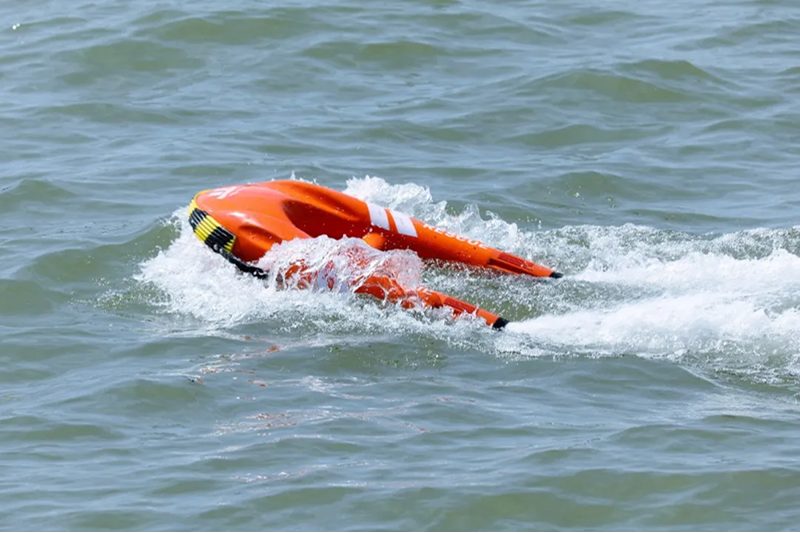Sähköisten surffilautojen ymmärtäminen: perusteet ja hyödyt aloittelijoille
Mikä sähköinen surffilauta on ja miten se toimii?
Sähköisillä surffilautaoilla yhdistyvät klassiset lautamuodot nykyaikaisiin akkukäyttöisiin moottoreihin, joiden ansiosta ihmiset voivat ajaa vettä aina kun haluavat, eivätkä vain silloin kun on hyviä aaltoja. Useimmissa malleissa on laudan alla joko suihkumoottori tai potkurimoottori, jotka voivat työntää lautaa nopeudella noin 10–25 mailia tunnissa. Ajajat säätävät nopeutta pienellä käsikontrollilaitteella tai puhelimen sovelluksella Bluetooth-yhteyden kautta. Laitteessa olevat litiumakut kestävät tyypillisesti 45 minuuttia – tunnin ja puolitoista, mikä tarkoittaa, että käyttäjät voivat harjoitella kunnolla ennen kuin akku täytyy ladata uudelleen. Erityisesti aloittelijat arvostavat sitä, miten nämä laudat poistavat kaikki veneilyyn liittyvät hankaluudet ja odottamisen sopivien aaltojen saapumista. Käännä vain kaasua ja lähdet matkalle, mikä tekee surffaamisesta paljon helpompaa kenelle tahansa, joka haluaa kokeilla surffaamista ilman että tarvitsee hallita kaikkia niitä vaikeita taitoja ensin.
Aloittelijaystävällisten sähkösurffilautojen keskeiset ominaisuudet
Uuden ajajien tulisi etsiä näitä olennaisia ominaisuuksia:
-
Stabiilisuuteen keskittyvät rungot : Laajemmat laudit (30"+) ja tasapohjaiset suunnittelut parantavat tasapainoa
-
Säädettävät nopeustilat : Useita esiasetuksia – 5 mph oppimiseen ja 15 mph taitojen kehittämiseen – mahdollistavat asteittaisen taidonkehityksen
-
Kevyt rakenne : Hiilikuitu- tai vahvistetun vaahtomuovin ytimet, jotka painavat alle 25 lb, helpottavat kuljetusta ja käsittelyä
-
Turvallisuusvarmuudet : Automaattinen moottorin sammutus, kun kuljettaja nousee laudalta, parantaa hallintaa ja vähentää riskejä
Miksi sähköisillä surffilautoilla on ideaalisia aloittelijoille
Vesilaitteiden asiantuntijoiden vuoden 2023 tutkimusten mukaan sähkösurffilautojen käyttö vähentää perinteiseen surffaamiseen tarvittavaa fyysistä ponnistelua noin 60 %. Ne myös auttavat ihmisiä oppimaan taitoja huomattavasti nopeammin. Kun ei enää tarvitse uida ulos väsyttävästi, aloittelijat voivat keskittyä oikean seisoman löytämiseen, ohjauksen opetteluun ja tasapainon löytämiseen laudalla. Tässä mielenkiintoisia lukuja: noin 78 sadasta henkilöstä oppii perusliikkeet jo ensimmäisellä kerralla alle 90 minuutissa. Näiden lautujen tarjoama tasainen voima todella lisää luottamusta auki vedellä ollessa. Monille se toimii erinomaisena harjoittelualustana ennen siirtymistä tavalliseen aaltojen suorttamiseen, jossa kaiken ajoituksen täytyy olla täydellinen.
Oikean kokoisen ja muotoisen laudan valinta vakauden ja hallinnan varmistamiseksi
Miten laudan koko vaikuttaa tasapainoon ja oppimiskäyrään
Sähköisurfautat, joiden pituus on noin 6 jalkaa 6 tuumaa ja 8 jalkaa välillä, ovat yleensä vakaimpia aloittelijoille. Yli 8 jalan mittaiset lautat tarjoavat kuljettajalle lisäkelluvuutta, mikä auttaa vähentämään heilahdusta, kun taitoja vielä hioo. Pienemmät lautat puolestaan vaativat nopeampia reaktioita kuljettajalta. Viime vuonna julkaistiin tutkimus Aquatic Sports Technology -lehdessä, joka osoitti mielenkiintoisen seikan: ne kuljettajat, jotka käyttivät yli seitsemän jalan mittaisia lautoja, paransivat tasapainotaitojaan noin kolmanneksen nopeammin verrattuna niihin, jotka käyttivät lyhyempiä lautoja. Tuntuu järkevältä, sillä suuremmalla pinta-alalla on enemmän hyödynnettävää alustaa.
Optimaalinen rungon muoto ja painonjakauma aloittelijoille
Laudat, joissa on tasainen suortumakoti ja leveät keulat (vähintään 24 tuumaa), ovat yleensä huomattavasti vakaita tasaisella vedellä, mikä tekee niistä erinomaisen valinnan aloittelijoille. Useimmat laadukkaat merkkituotteet sijoittavat akkupaketit suoraan laudan keskikohdalle. Tämä auttaa pitämään laudan tasapainossa, jotta etuosaa ei paina veteen kiihdytettäessä. Uusien kuljettajien kannattaa todennäköisesti välttää kapeavia peräosia, kunnes he tuntevat olonsa mukavaksi peruskaantojen kanssa. Kapeammat muodot leikkaavat veden läpi paremmin, mutta ne vaikeuttavat hallintaa, erityisesti aloittelijalle.
Suositellut mitat kuljettajan painon ja pituuden mukaan
| Kuljettajan painoluokka |
Laudan pituus |
Vähimmäisleveys |
| 55–73 kg |
6‘6’–7‘2’ |
24’ |
| 73–91 kg |
7‘3’–7‘8’ |
26’ |
| 90–109 kg |
7‘9’–8‘2’ |
28’ |
Pitkäpipoisille ajajille (yli 188 cm) tulisi lisätä 6’ suositeltuihin mittoihin korkeamman painopisteen huomioimiseksi. Varmista sopivuus ja vakaus testaamalla tasapainoa ennen ajelua matalassa vedessä.
Välttämättömät turvallisuusominaisuudet ja valmistautuminen ajeluun
Aloittelijan sähkösurffilaudan täytyy sisältää nämä turvallisuusominaisuudet
Veden turvallisuuden instituutin vuoden 2024 tutkimuksen mukaan aloittelijoiden onnettomuuksien määrä vähenee 32 %:lla, kun laudat sisältävät automaattisen nopeudensäädön ja törmäystunnistuksen. Keskeisiä turvallisuusominaisuuksia ovat:
- Vedenpitävät akkukopit (IP68-luokiteltu tai korkeampi)
- LED-ilmaisimet tehon ja yhteyden reaaliaikaiseen seurantaan
- Alhaisen nopeuden aloittelutilat, joiden maksiminopeus on 12–15 mph
- Itsestään oikenevat rungot, jotka estävät lautaa kellumasta ylösalaisin
Turvavöiden, uivuusapuvälineiden ja hätäkatkaisimien käyttö
Useimmat rannikon turvallisuusasiantuntijat suosittelevat käämityn nilkkavaijheen käyttöä, jotta surffilauta pysyy lähellä, kun joku putoaa yli laidan. Tämä auttaa estämään eksyminen merelle. Uudemmat komposiittivaahtolautamateliat myös kelluvat paremmin. Viime vuoden testit osoittivat, että nämä modernit vaahtomateriaalit tarjoavat noin 20–40 prosenttia enemmän uivuutta verrattuna vanhempiin materiaaleihin. Puhutaanpa sitten hätäkatkaisijärjestelmistä. Langattomat katkaisijärjestelmät sammuttavat moottorin noin 60 % nopeammin kuin perinteiset manuaaliset kytkimet, kun joku putoaa tai irrottaa otteen vahingossa. Tällä on ratkaiseva merkitys tilanteissa, joissa turvallisuus vedessä on vaakalaudalla.
Ennen ajoa annettava koulutus ja vesiturvallisuusprotokollat aloittelijoille
Ennen avoimen veden aloittamista uuden ajajan tulisi suorittaa hallitussa ympäristössä tehtäviä harjoituksia:
- Mannermaan tasapainoharjoituksia paikoillaan olevilla laudoilla
- Matalan veden irrottautumissimulaatiot
- Toistettu hätäkatkaisijan käyttöharjoittelu
Vuoden 2024 Surf Training Consortiumin raportti huomasi, että nämä vaiheet vähentävät ensimmäisen kauden onnettomuuksia 40 %. Tarkista aina merenkulun ennusteet ja vesiolosuhteet etukäteen, ja nimennä rannalle tarkkailija alussa järjestettävissä harjoituksissa.
Ulkoisia linkkejä ei lisätty, koska turvallisuussisällön kannalta riittävän autoritatiivisia lähteitä ei löytynyt.
Nopeuden, suorituskyvyn ja oppimisen edistymisen tasapainottaminen
Realistiset nopeusodotukset aloittelijoille sähkösurffilautailussa
Aloittelijoiden tulisi priorisoida hallintaa nopeuden edelleen. Useimmat alkeistasoiset sähkösurffilautat tarjoavat nopeutta 12–18 mph, mikä nopeusvälillä 78 % aloittelijoista kuvailee vedessä harrastettavien lajien turvallisuuskyselyissä "hallittavaksi mutta jännittäväksi". Tämä nopeus mahdollistaa riittävän reaktioajan tasapainon korjaamiseen samalla kun ylläpidetään mukavuutta.
Säädettävät tehotilat ja niiden rooli taitojen kehittymisessä
Alkutasoiset mallit, joissa on 3–5 esiasennettua tehomoodia, auttavat oppimista nopeuttamalla sitä jopa 40 % verran verrattuna yhden nopeuden lautoihin. Tämä portaittainen lähestymistapa mahdollistaa ajajille:
- Perusasioiden harjoittelun 30–50 % kiihdytyksellä
- Asteittaiset terävien käännösten yritykset tasapainon parantuessa
- Täyden tehon käyttö vasta 15+ tunnin kokemuksen jälkeen
Akun kesto ja ajoaika sopivat aloittelijan harjoitteluun
60–90 minuutin akun kesto sopii suositeltuihin kestoihin jatkuvassa fyysisessä toiminnassa. Lyhyemmät ajot (<45 minuuttia) auttavat välttämään väsymykseen liittyviä virheitä, ja modulaariset akut mahdollistavat opettajien muodostaa tuntisuunnitelmia keskittyen taitoharjoitteluun. Suorituskykyseurantatietojen mukaan tämän lähestymistavan noudattavat ajajat hallitsevat aaltojen ohjaamisen osaavasti kahdeksan viikon sisällä.
Parhaat mallit ja merkit: Ostajan opas ensikertalaisomistajille
Seisominen vai makaaminen: Kumpi sähköinen surffilauta sopii aloittelijoille paremmin?
Seisovaan asentoon tarkoitetut sähköiset surffilautat tarjoavat paremman näkyvyyden ja ovat intuitiivisempia niille, jotka ovat tottuneet wakeboardaamiseen tai sup-lautailuun. Vaikka makuuasennossa käytettävät laudat tarjoavat matalamman painopisteen, ne edellyttävät vahvempaa keskivartalon käyttöä – 68 % aloittelijoista raportoi nopeammasta edistymisestä seisovalle mallille vuoden 2023 vesiliikkeiden tutkimuksen mukaan.
| Ominaisuus |
Seisovat laudat |
Makuulautat |
| Oppimisvaikeus |
Kohtalainen |
Haastavaa |
| Vakaa |
tyypillinen leveys 25–35 tuumaa |
leveys 18–24 tuumaa |
| Paras valinta |
Rauhalliset järvet, lahdet |
Aaltojen ratsastuksesta pitävät |
Hydrofoil- ja suihkumoottoriset laudat: etuja ja haittoja aloittelijoille
Hydrofoilia käyttävät sähköiset surffilautat saavuttavat 30 % suuremman tehokkuuden kitkan vähentymisen ansiosta, mikä pidentää akun kestoa – mutta niiden lentotilan ylläpitämiseen vaaditaan tarkka tasapaino. Suihkumoottorijärjestelmät tarjoavat välittömän kierrehetken ja ennustettavissa olevan ohjattavuuden, mikä tekee niistä suositumman vaihtoehdon 83 %:lle aloittelijoista, kuten vuoden 2024 sähköisten surffilautojen ostajanopas huomautti.
Parhaat aloittelijoille tarkoitetut sähköiset surffilautamallit vuonna 2024
-
Stabiiliuteen keskittyneet mallit : Sisältävät leveät laudat (32"+) ja nopeusrajoittimet (15–20 mph), joiden avulla oppiminen on turvallista
-
Koulutukseen tarkoitetut lautaset : Sisältävät kaksitiheyksiset vaahtomuoviraidat ja pikalatausmahdollisuuden (<2 tuntia) tehokasta opetusta varten
-
Hybridi-suunnitelmat : Tarjoavat modulaarisia eviä, jotka tukevat etenemistä tasaisella vedellä ajelemisesta aaltojen ratsastamiseen
Merkkien arviointi: Luotettavuus, tuki ja huoltotarpeet
Parhaat valmistajat tarjoavat nyt moottorikomponenteille 3 vuoden vesitiiviys takuun – tämä on tärkeä seikka, koska 58 % huoltopyynnöistä johtuu tiivisteviat. Kannattaa priorisoida merkkejä, joilla on sertifioituja huoltokeskuksia alle 100 mailin päässä suurimmista vesistöistä, sekä niitä, jotka tarjoavat ilmaisia videopohjaisia vianetsintäresursseja pitkäaikaisen omistamisen tueksi.
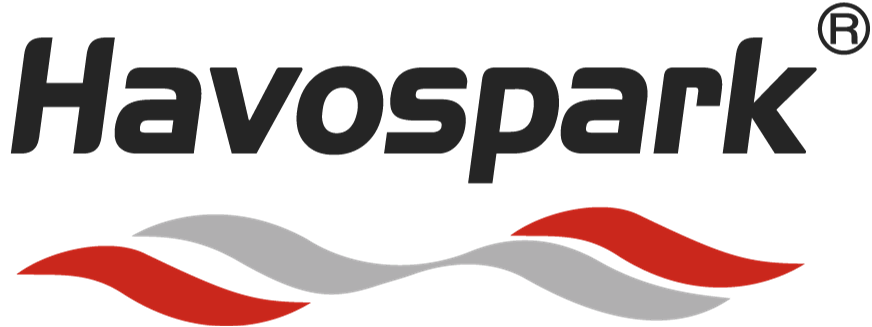
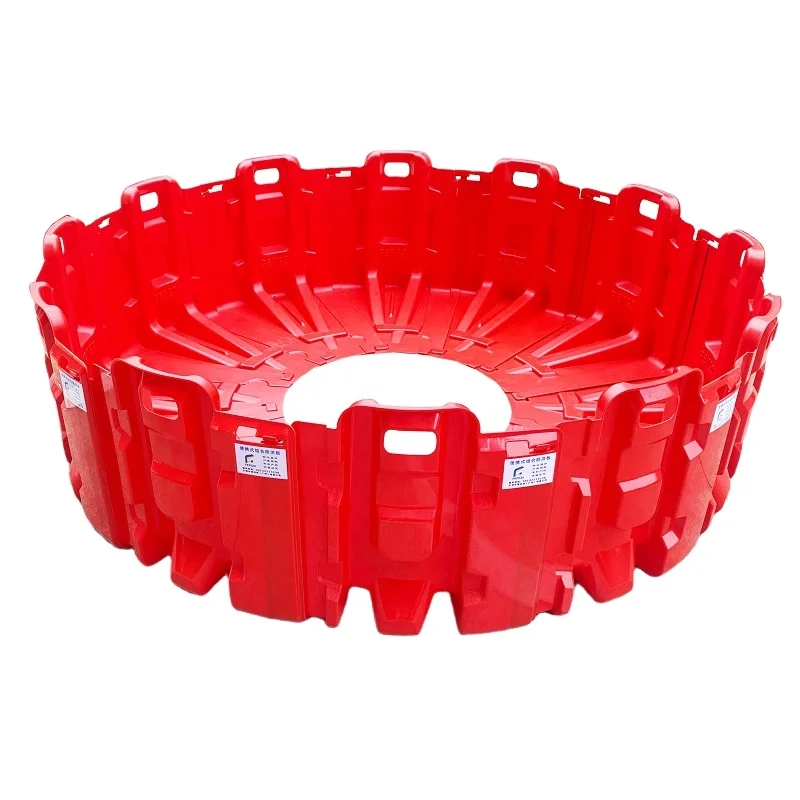
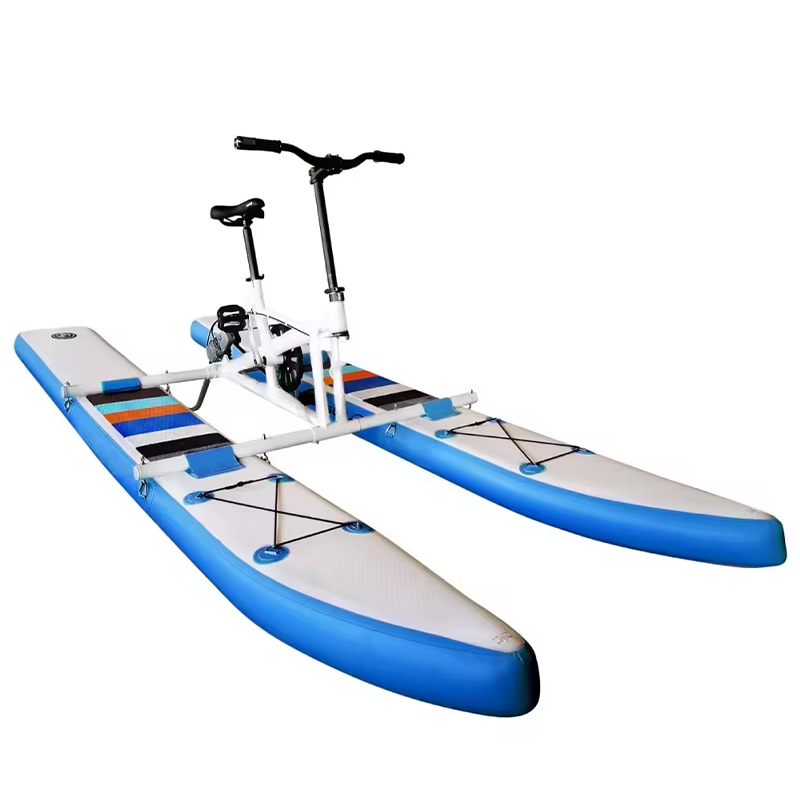
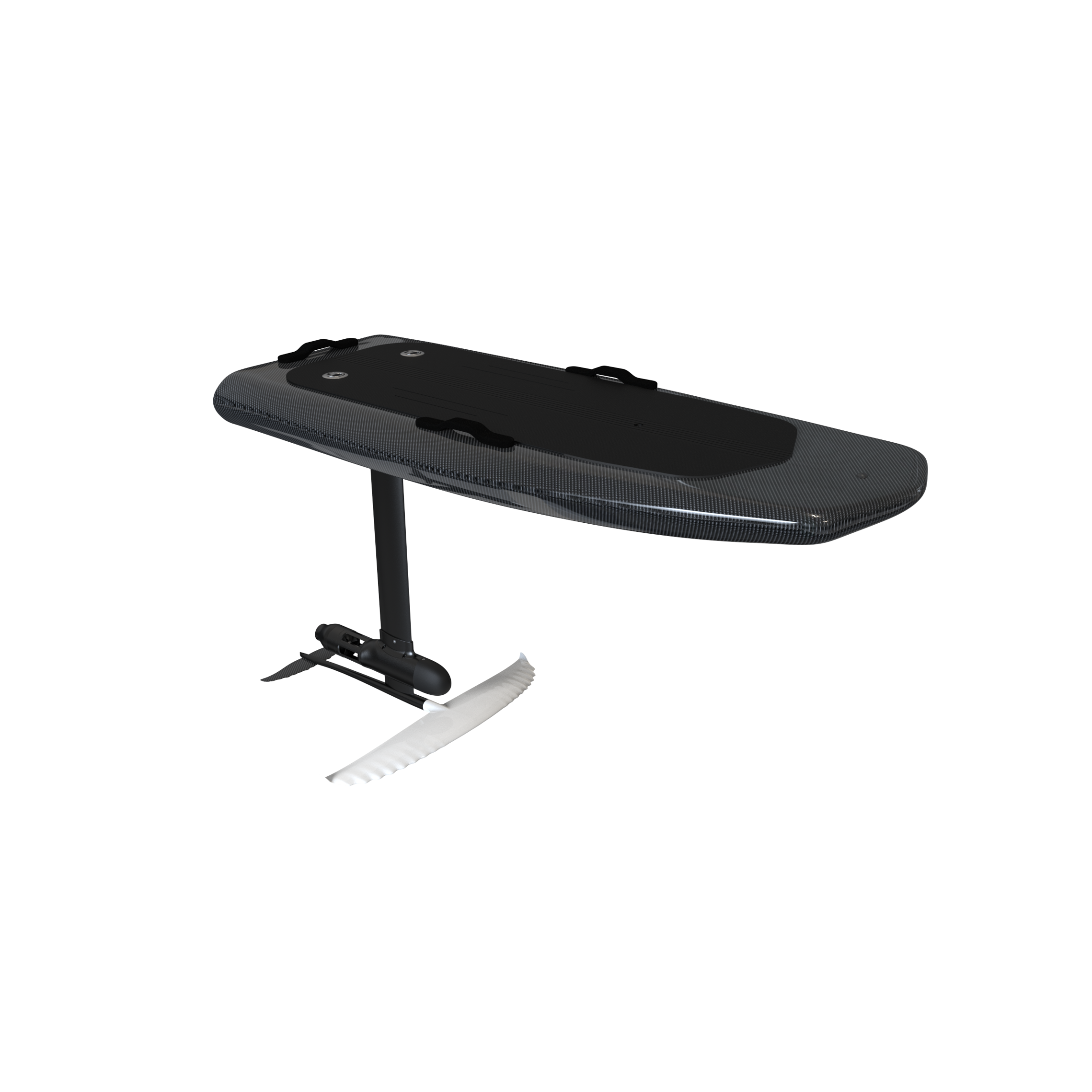
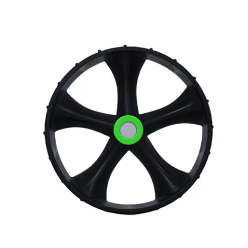
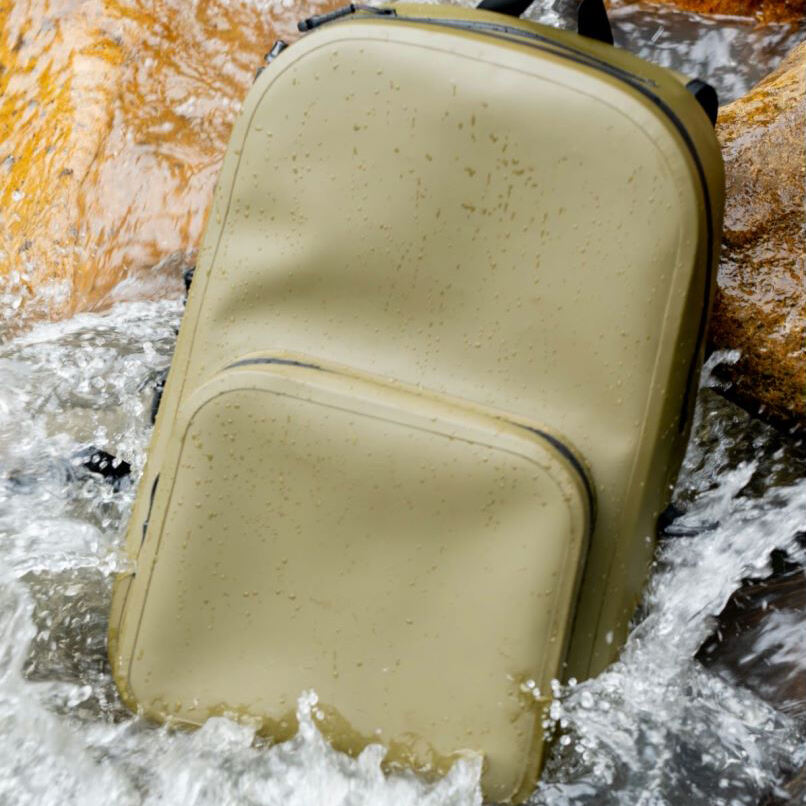
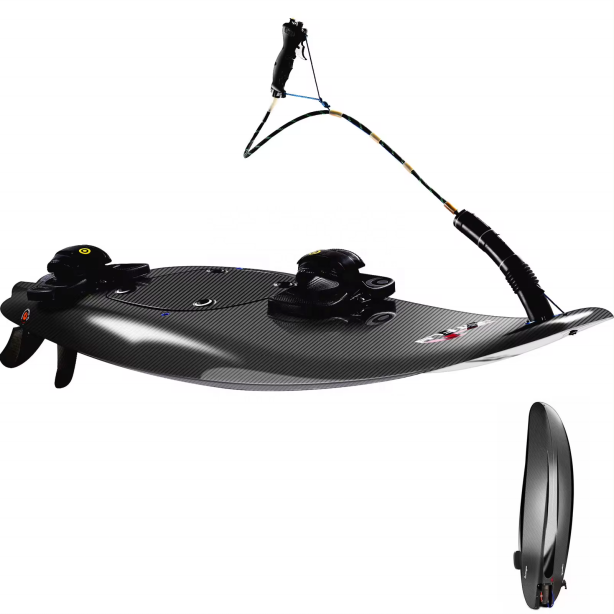
 Uutiskanava
Uutiskanava